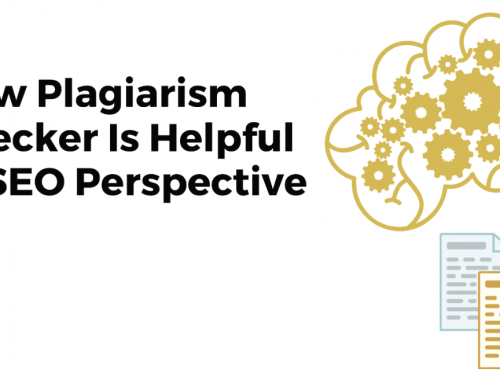On Friday, a blog post at the tutorial website Envato Tuts+ introduced readers to the concept of “gamification” in website and mobile app development. The concept itself is likely familiar to you, even though the term may not be. It refers to integrating achievements or milestones into an app development project, so that end-users have additional incentives to continue returning to the site or utilizing the relevant service.
The term “gamification” reflects the fact that the standard examples for this model come from the world of video games. If you have any familiarity with that topic, you probably have a clear mental picture of what an Xbox Achievement looks like. But even before that system or the term “app development” came to prominence, the concept of achievements existed in PC games like World of Warcraft in order to bolster users’ gratification and keep them coming back to the same tasks and experiences, possibly for years.
Sites vs. Apps
But even if the actual gaming origins of “gamification” are unfamiliar to you, you’ve probably seen it utilized in more modern settings. And those settings could have been either on the traditional internet or on dedicated mobile apps. The above-mentioned blog posts give examples of both, although its discussion of on-page gamification is pretty much limited to web forums in which feedback plays a role in establishing the trustworthiness or intra-community social status of certain users.
To this it might be added that there are other websites that are more akin to the gamified apps that Tuts+ highlights. In the same way that Audible.com’s app development has made use of badges for certain listening habits or hours of usage, the Rifftrax website has integrated badges into customer profiles as a way of rewarding them for different kinds of purchases, for seeing live shows, and so on.
Categories of Usage
Naturally, there are other examples along these same lines. And one of the interesting things about Rifftrax, for instance, is that while the site is primarily an e-commerce entertainment distributor, it also features an on-site community with dedicated forums. User messaging could easily be utilized by app development companies, as well, to give an additional incentive for otherwise individual users to actually go out of their way to collect and display badges.
In recognizing this overlap, we believe we’ve hit upon a slight difference between our vision of app development and that of author at Tuts+. The blog post separates apps into three distinct categories of user experience: task-based, esteem-driven, and aspirational products. But in our view, these categories are not necessarily isolated from one another, and it could actually be beneficial for an app development company to build a community element into an aspiration product, or to think of ways in which a task-based product can be aspirational as well.
These sorts of multi-facted approaches to a client project have the potential to set one app development company apart from another, and to generate creative ways of broadening user experience so the client can take advantage of various consumers’ interest in both using the product and “playing the game”.



Leave A Comment